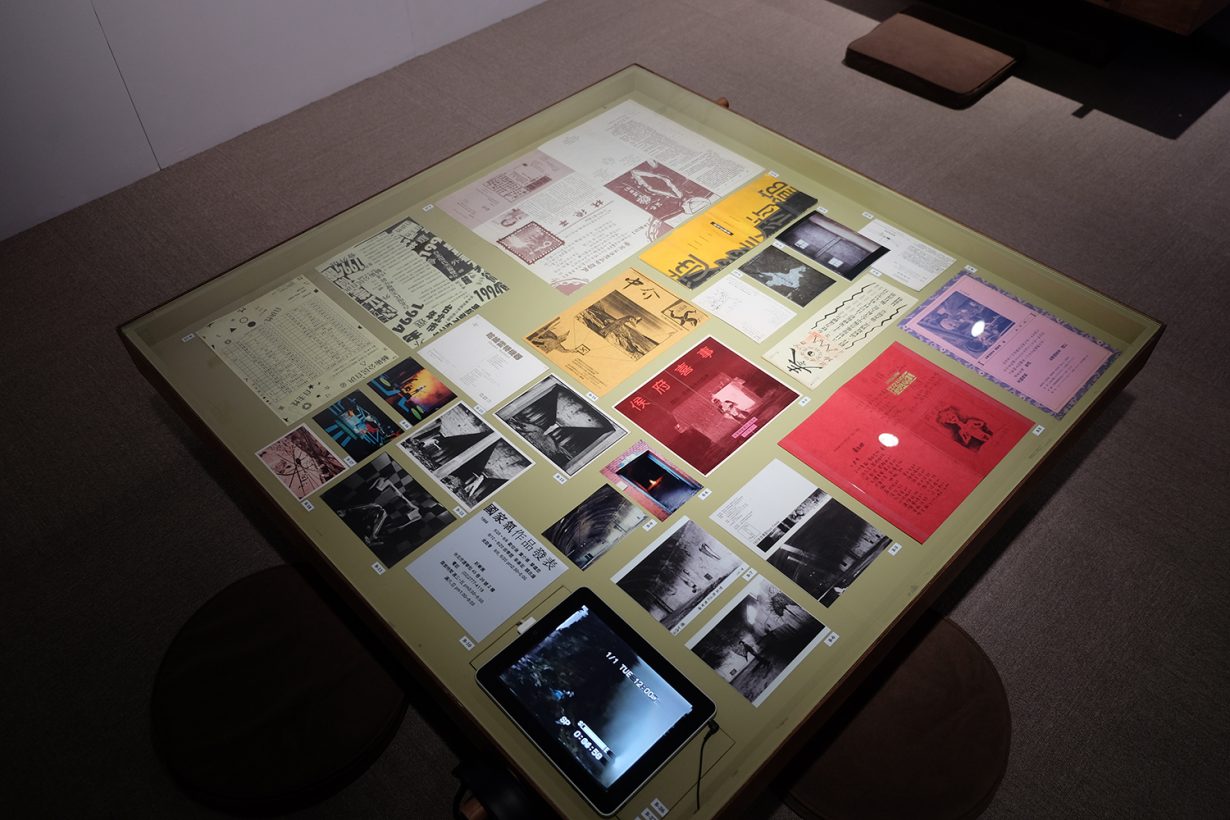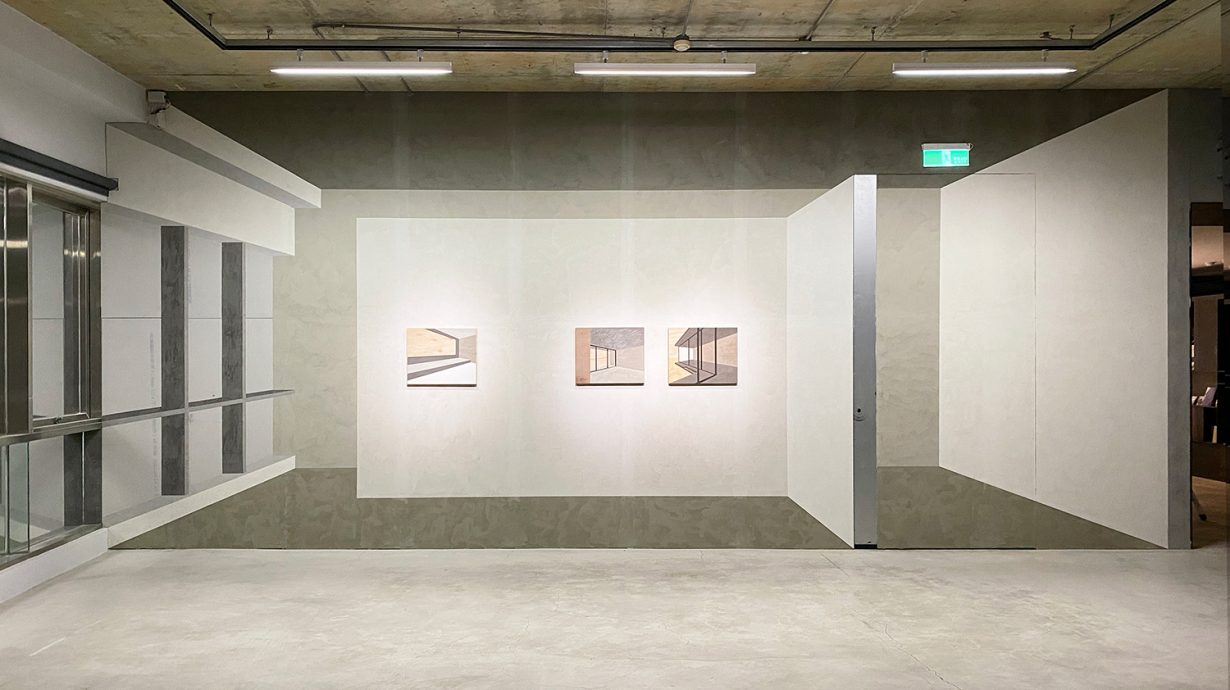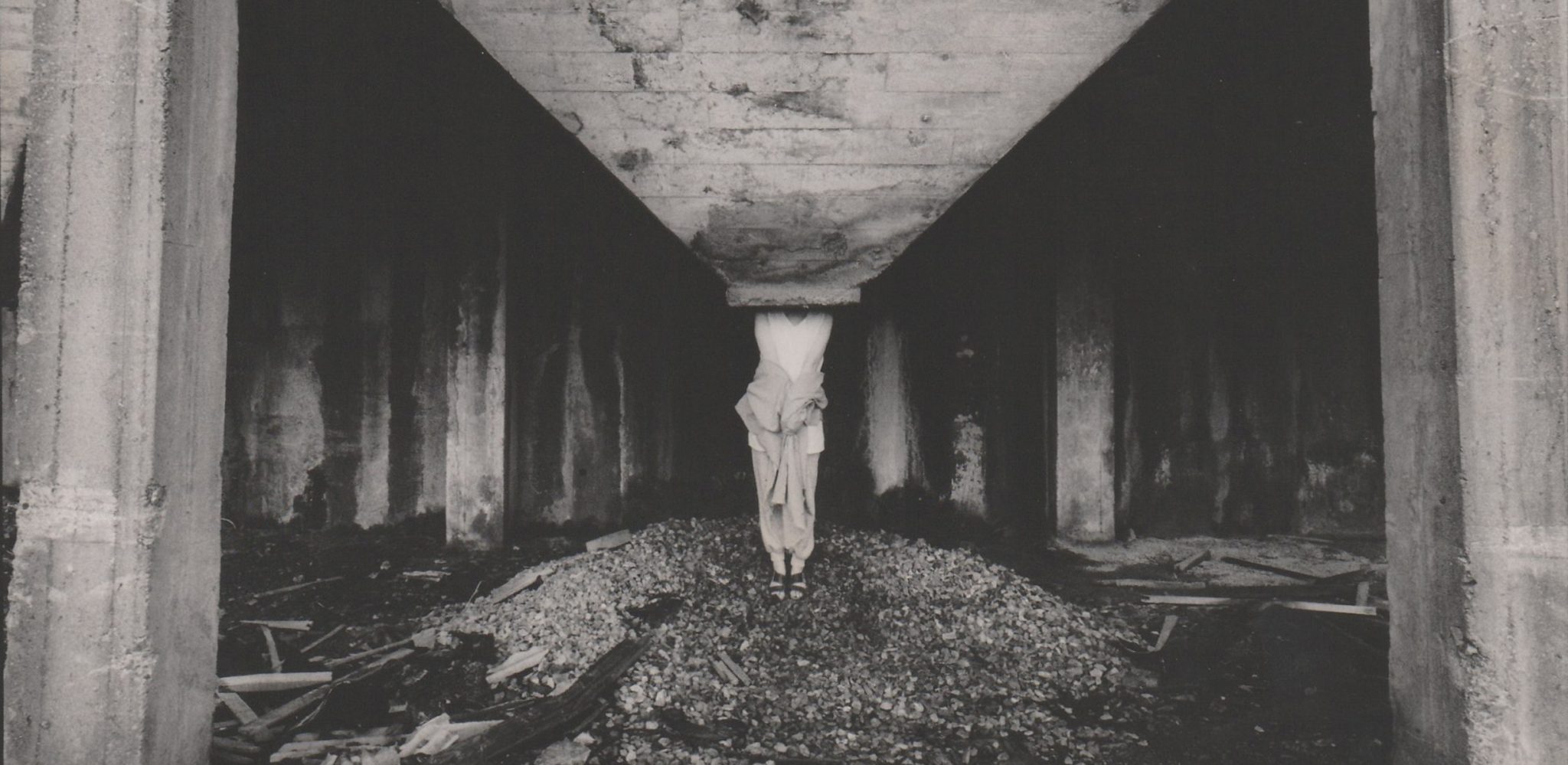Two shows speak to the value of networks and support systems as we emerge from lockdowns
For those of us not in hospital or fleeing Afghanistan, it feels like we’ve all been living ‘underground’ these past few months, talking and thinking about all the changes we’re going to make and the revolutions to come when we get back aboveground. As things in some places tentatively approach some kind of normalcy, the question becomes one of how we might make those changes take effect. When it comes to the field of art, most of that talking and thinking has tended to circulate around changes to its structures and to its values, and about what ‘world’ it is that we use the term ‘artworld’ to designate, whether or not there’s any logic or factual basis to the projections of universality and monism that come with that term, and to what degree the ‘artworld’ has any connection to common-sense notions of the real world.

It’s the first of all of these (the structures bit) that lies at the heart of Subterranean – Taiwanese Art Collectives 1980–2000 (centred on Taipei and the first in a series of documentary and archival exhibitions that merge curatorial and artistic practice), which focuses on the development of Taiwanese art in the last two decades of the century just past, through the lens of the collective endeavours and ‘guerrilla activities’ that disrupted accepted mainstream practice. Its aim? To sing the virtues of art from the underground, and, presumably, to bring it overground. To show how art allows a diverse range of people to make their voices heard. Although, that said, the curators state that they intend the show to stay away from any ‘epistemic conclusions’ and focus on the matter of reexamining and reorientating histories. Which might sound a little less fun. Or a little less ambitious, depending on your level of commitment to the revolution.
The first of the three chronological sections that make up the show focuses on collectives and spaces from the late 1980s, roughly coinciding with the lifting of martial law in Taiwan (and the symbolic end of the Cold War on a more global scale) and the country’s opening up. The second looks at the 1990s and what art collectives such as Ta-Da-Na Experimental Group, Bamboo Curtain Studio, Nomad Museum, Nation Oxygen and Abnormal Temple did with their newfound freedom. The third, spanning 2000–05, looks at these developments in the context of globalisation. While an additional section looks at two Taipei spaces, Sickly Sweet Café and Xi-Rang, and the ways in which they nurtured new forms of avant-garde practice. A friend has a theory that you can always tell which generation was in charge of culture (and behind that, wielding commercial and nascent political power) at any given time by noting which era’s music started appearing on ‘classic’ radio stations and by what of the past was being revived or recycled in the fashion, films and music of the present. (Right now that would be the generation coming of age during the 1990s.) And perhaps a show like Subterranean… is similarly evidence of the type of forward motion recognisable through the traces of its nostalgia. In a way, of course, it’s in the manipulating of just that dialectic that most cultural institutions now specialise. Still, it seems the right time to take a look back at how artists came together to achieve or deal with change. Assuming you’re engaged with change to come.

Over at the TKG+ Project Space, issues of execution, organisation and display are supposed to be firmly in the background of creN/Ature, a five-artist group show (featuring Lai Chih-Sheng, Niu Jun Qiang, Dino, Chung Chung-Yu and Shan Chung-Chieh) that curator Wu Muching promises will be firmly about the act of creation and how it sits in the world. To keep the vibe intimate and personal, the artists include Wu’s best friend (Dino), his closest confidant (Lai), a participant from one of his previous shows (Niu), a TKG+ staff member (Chung) and an older schoolmate (Shan) working through a form of conversation about a more distant and universal question regarding what the very purpose of artmaking is. With a hint of the reduced circle of friends that lockdowns engender, and some of the uncertainty of those times too. Wu promises that his show ‘will not be transparent at first glance’. The point being that this is a positive rather than a negative quality.
Subterranean – Taiwanese Art Collectives 1980–2000, The Cube Project Space, through 9 October; creN/Ature, TKG+ Projects, through 18 September
